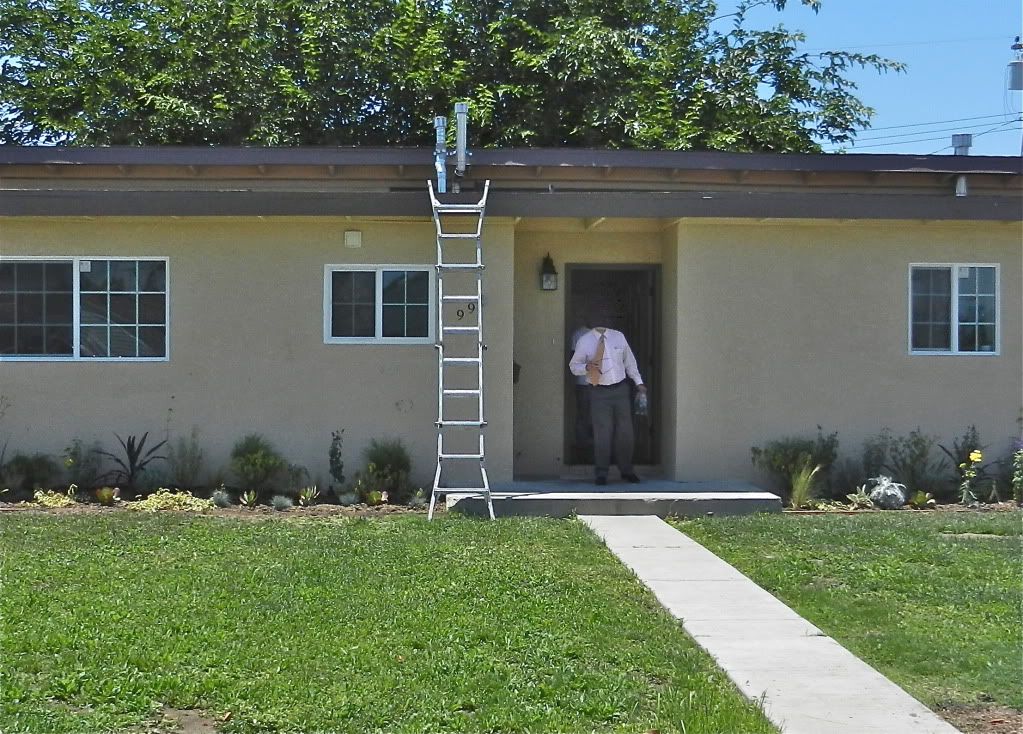fatboy
Administrator
I just took a call from our Risk Manager a little bit ago. His question to me was, and this coming from a citizen........When we do a roofing inspection, who provides the ladder, and who is liable? I explained that, as required by both the building and residential code;
Inspection requests. It shall be the duty of the holder of the building permit or their duly authorized agent to notify the building official when work is ready for inspection. It shall be the duty of the permit holder to provide access to and means for inspections of such work that are required by this code.
We prefer the party requesting the inspection provide the ladder, but that in the case they do not, we have ladders that allows access to single story structures. Multi-story, we hold out for them to provide access.
His next question to me; who then assumes liability when and if the ladder were to break? My reply was; you tell me, you are risk management. His reply was that the person providing the ladder would be liable. That is how our insurance would view it, and I can understand that.
So I guess my questions to you folks are; Who provides the ladder? Have you tried to reconcile the requirement of the code for access and means, with risk management or your attorneys? Has it changed how you do business?
Just looking for some viewpoints.
Inspection requests. It shall be the duty of the holder of the building permit or their duly authorized agent to notify the building official when work is ready for inspection. It shall be the duty of the permit holder to provide access to and means for inspections of such work that are required by this code.
We prefer the party requesting the inspection provide the ladder, but that in the case they do not, we have ladders that allows access to single story structures. Multi-story, we hold out for them to provide access.
His next question to me; who then assumes liability when and if the ladder were to break? My reply was; you tell me, you are risk management. His reply was that the person providing the ladder would be liable. That is how our insurance would view it, and I can understand that.
So I guess my questions to you folks are; Who provides the ladder? Have you tried to reconcile the requirement of the code for access and means, with risk management or your attorneys? Has it changed how you do business?
Just looking for some viewpoints.

